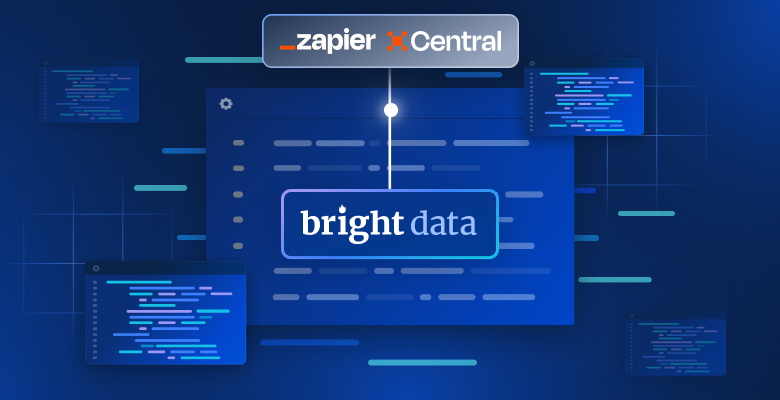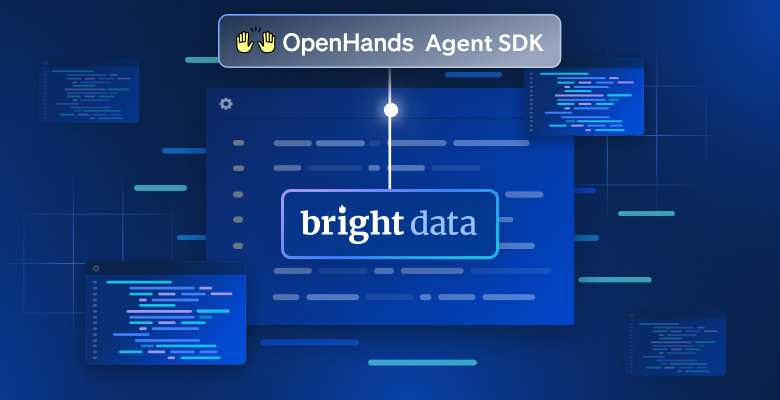For fraudsters, the digital advertising ecosystem is full of opportunities to make money. Annual digital advertising spend surpassed $100 billion in the United States for the first time in 2018, and $330 billion worldwide.
Shady criminals will stop at nothing to find new ways of stealing and redirecting companies’ ad budgets. It is up to advertisers to be hypervigilant in detecting and preventing fraud that threatens their return on investment, and by and large, the fraudsters are currently winning.
In this article, we will look at what exactly ad fraud is, how big of an issue it is, why it is so difficult to fight and how an IP proxy network can help.
What is ad fraud?
Ad fraud can take many forms, but in essence, it is any activity where the perpetrator scams an advertiser into paying for either:
- Non-compliant ads: This could involve ads appearing on fraudulent websites, clicking through to the wrong website, or not reaching the target audience.
Today’s ad technology lets advertisers target their chosen demographic with precision, in theory. But shady tactics employed by fraudsters can result in ads being shown to a completely different, irrelevant audience, with advertisers charged for worthless impressions or clicks.
Fraudsters masquerading as premium publishers by using similar domain names can bank serious money. The infamous Methbot case stole more than $5 million a day from advertisers by spoofing domains.
Ad injection falls into this category as well. This is where malicious browser extensions, or malware, replaces the ads an advertiser has paid for with other ads without the publisher’s permission or knowledge.
- Fake impressions: Impression fraud can take many forms, but it commonly involves fraudsters selling ad space on fake websites and setting up bots to create large numbers of false impressions. Advertisers that aren’t hot on detecting this sly behavior end up paying full price for zero-value impressions in their CPM campaigns.
- Fake clicks: Click fraud affects pay-per-click (PPC) ads, and between one and two in five clicks are fraudulent. Click farms are used to inflate the number of clicks an ad gets and advertisers are forced to spend money on useless clicks that were nothing more than automated traffic which was never going to convert.
How much ad fraud really goes on?
Programmatic ad buys include an estimated 37% click fraud, and this figure is only growing. It is little wonder that major advertisers like Unilever and Financial Times are cutting their digital ad spend, monitoring ad fraud and blacklisting agencies.
In 2017, it was said that one in five websites that serve ads were visited exclusively by fraud bots. Ad fraud is predicted to become the second highest-earning type of organized crime, after drug trafficking, in the next ten years.
It is impossible to say exactly how much ad spend is wasted as a result of fraud, but some organizations have estimated it to be as much as $42 billion in 2019. This is a 21% increase from the $35 billion reportedly lost to ad fraud in 2018.
As the digital advertising industry continues to grow, ad fraud will follow — because there is an ever-increasing amount of ad inventory to target. Likewise, as ad fraud detection gets better at identifying fraudsters, the black hats will be forced to become more sophisticated to survive. And so the arms race between the good and the bad guys perpetuates.
Who suffers the most from ad fraud?
As well as financial losses, advertisers can face a damaged reputation. Branded ads that click through to malware-infected websites or have broken links will make consumers think twice about trusting a company.
The issue doesn’t just affect advertisers. Publishers can lose as much as $1.27 billion of revenue due to ad fraud. Being identified as a source of non-compliant ads and fake clicks is detrimental to the credibility of publishers and ad networks.
Any company that advertises digitally is vulnerable to fraud, but it makes sense that the industries with the largest ad spends and most expensive AdWords keywords would be hit the hardest.
The sectors most at risk of PPC ad fraud are finance, legal, business, gambling and property services. Finance is also the vertical with the most bot traffic, with 22% of traffic registered as fake.
What are the main challenges in detecting ad fraud?
The already massive problem is still growing, with advertising fraudsters becoming increasingly sophisticated these days. Those who build fraud prevention and detection technologies constantly have to evolve to keep up.
‘Cloaked’ ads could appear exactly as they should to ad networks and advertisers, but different to all other users accessing an app or website. Fraudsters are experts in covering their tracks and knowing when they are being watched.
When the IP of a normal user is used to check on an ad journey multiple times, fraudsters may block it and serve it a cloaked ad. This is why non-compliant ads are difficult to uncover without harnessing the power of millions of IP addresses around the world.
An ad journey – the path an ad takes between an advertiser and a user – can be hacked in such a way that neither an advertiser or publisher can detect it. In order to outsmart fraudsters, advertisers need to go under the radar by appearing exactly as regular users would. This is where an IP proxy network comes in.
How can I use an IP proxy network to verify my ads and fight ad fraud?
Luckily, there is a solution to the problems around verifying ad compliance at scale. Using an IP proxy network is the most efficient way to collect accurate data and detect non-compliant ads and affiliate links.
Companies can gain access to millions of real users’ IPs by partnering with an IP proxy network. In doing so, they can mimic any ordinary opted-in consumer out of millions across the world.
This means they can check whether the right demographic is being shown a specific ad, whether it is displayed in its target country or city, and whether it clicks through to the correct website. If any foul play is detected, advertisers know they need to identify and block ad networks where fraudsters are at play.
Advertisers need to be increasingly smart to avoid wasting their ad budgets on placements, impressions, and clicks that lack any value. When fraud goes undetected, advertising spend goes down the drain. Using an IP proxy network is foolproof; it can enable advertisers to verify that ads and affiliate links are compliant, malware-free and displayed with the right demographic, location and time settings.














